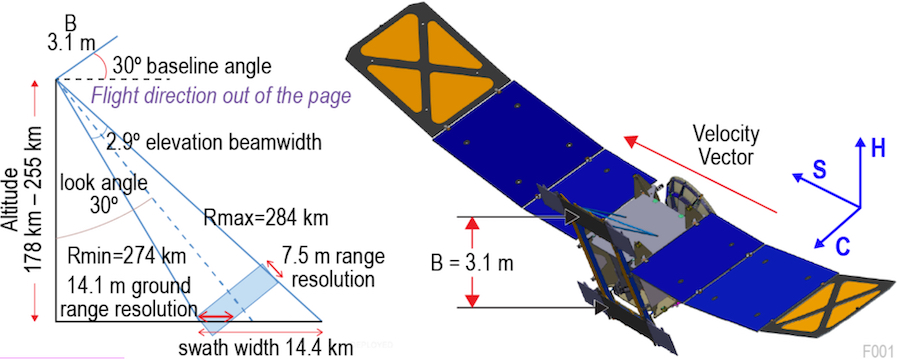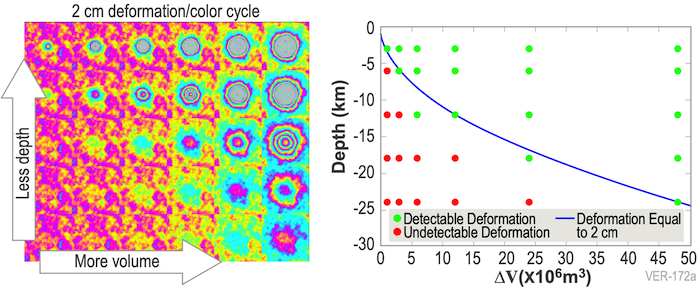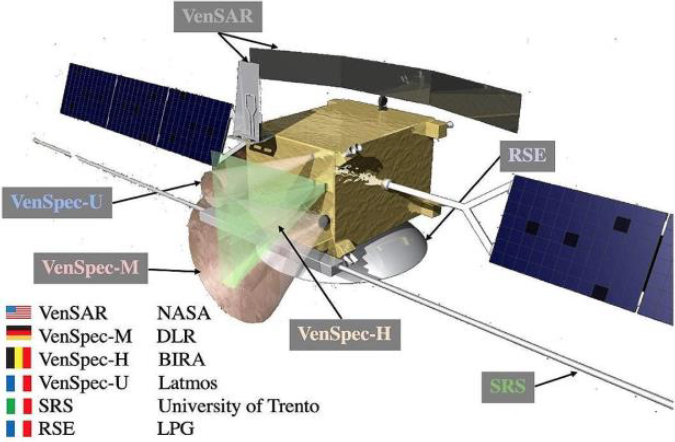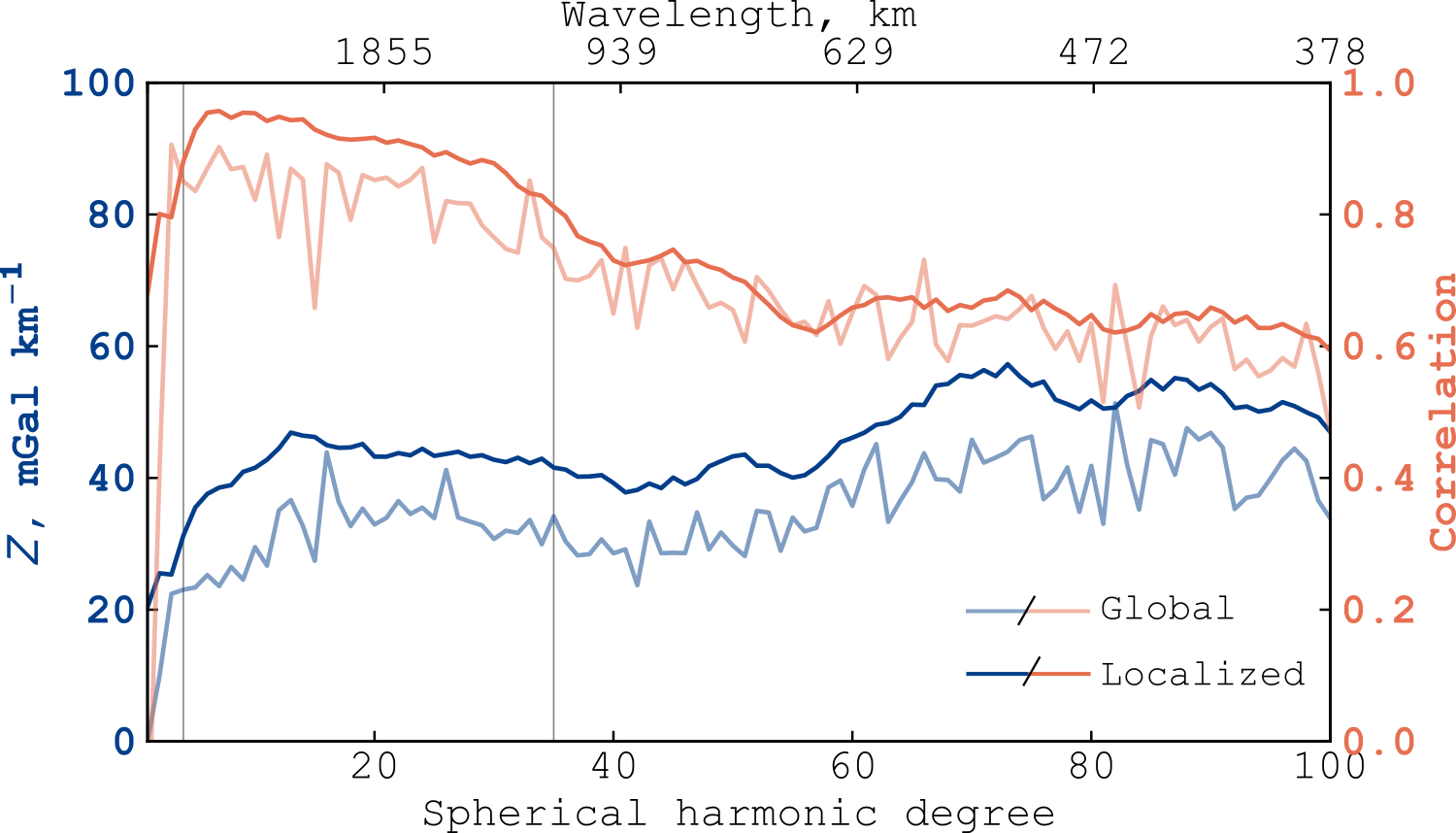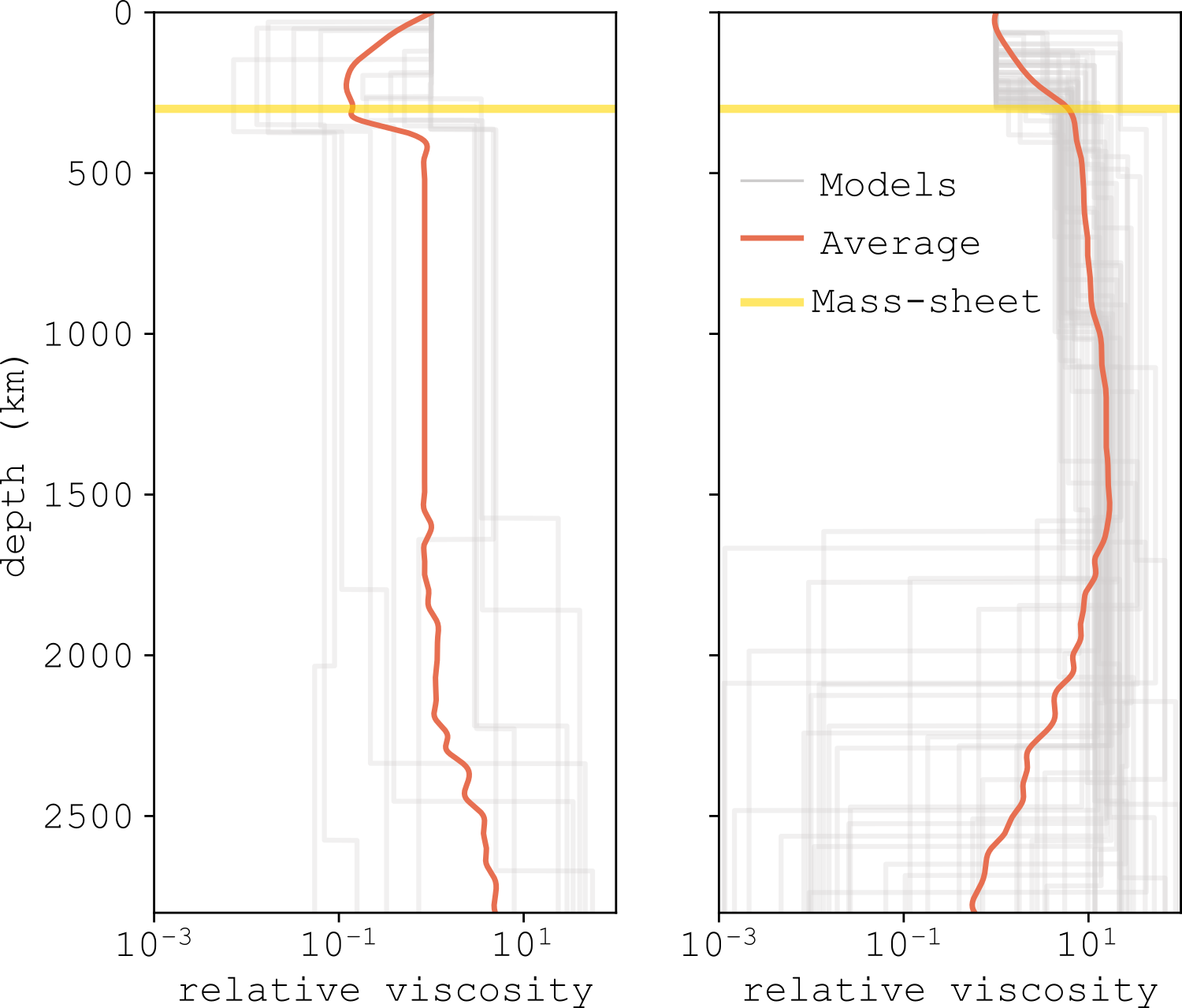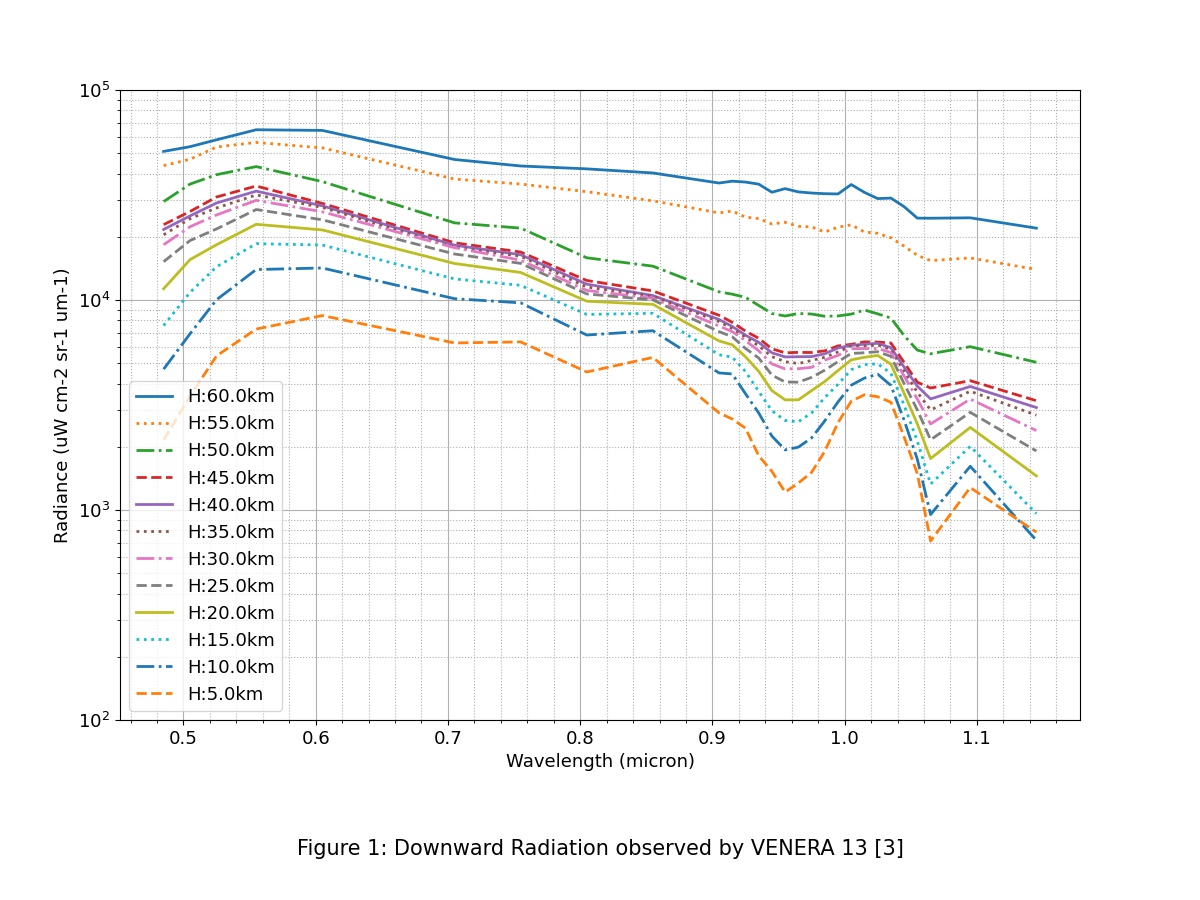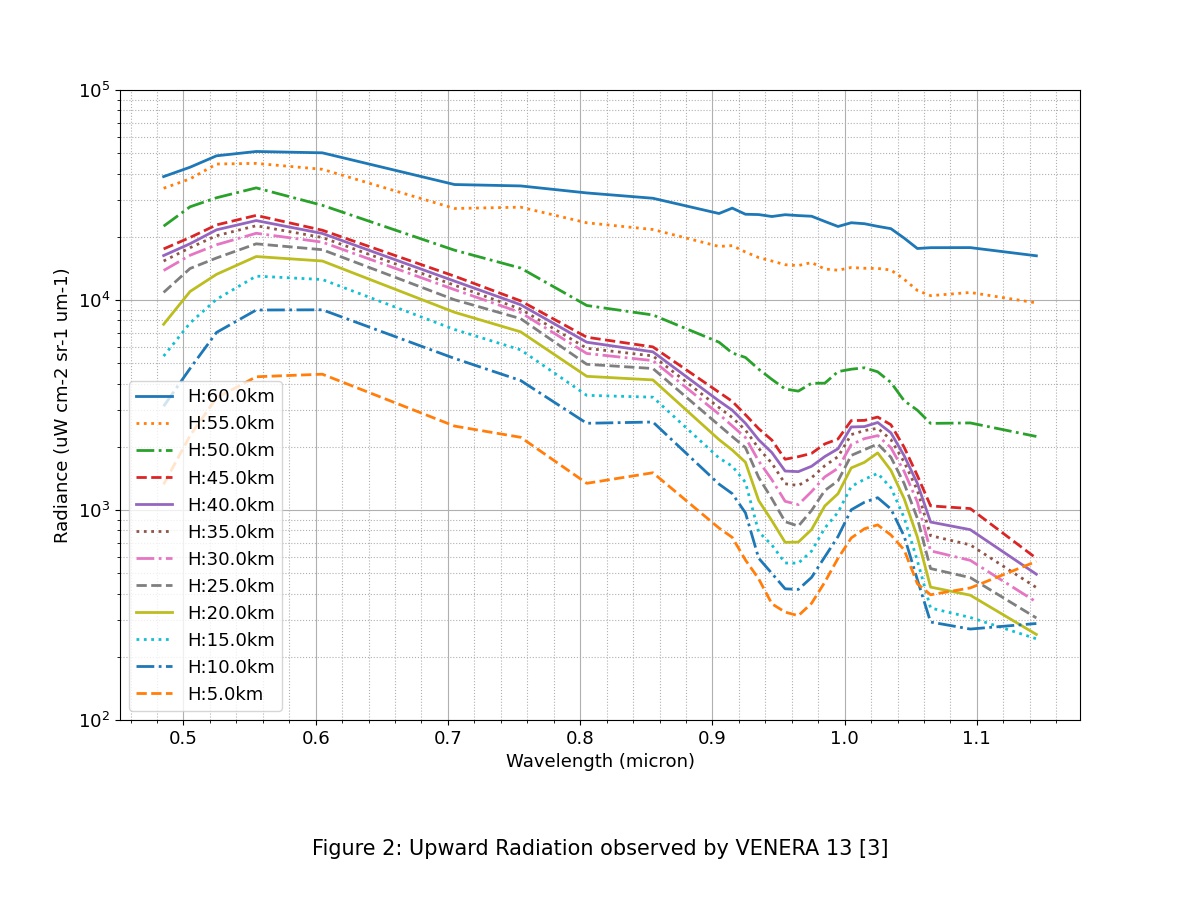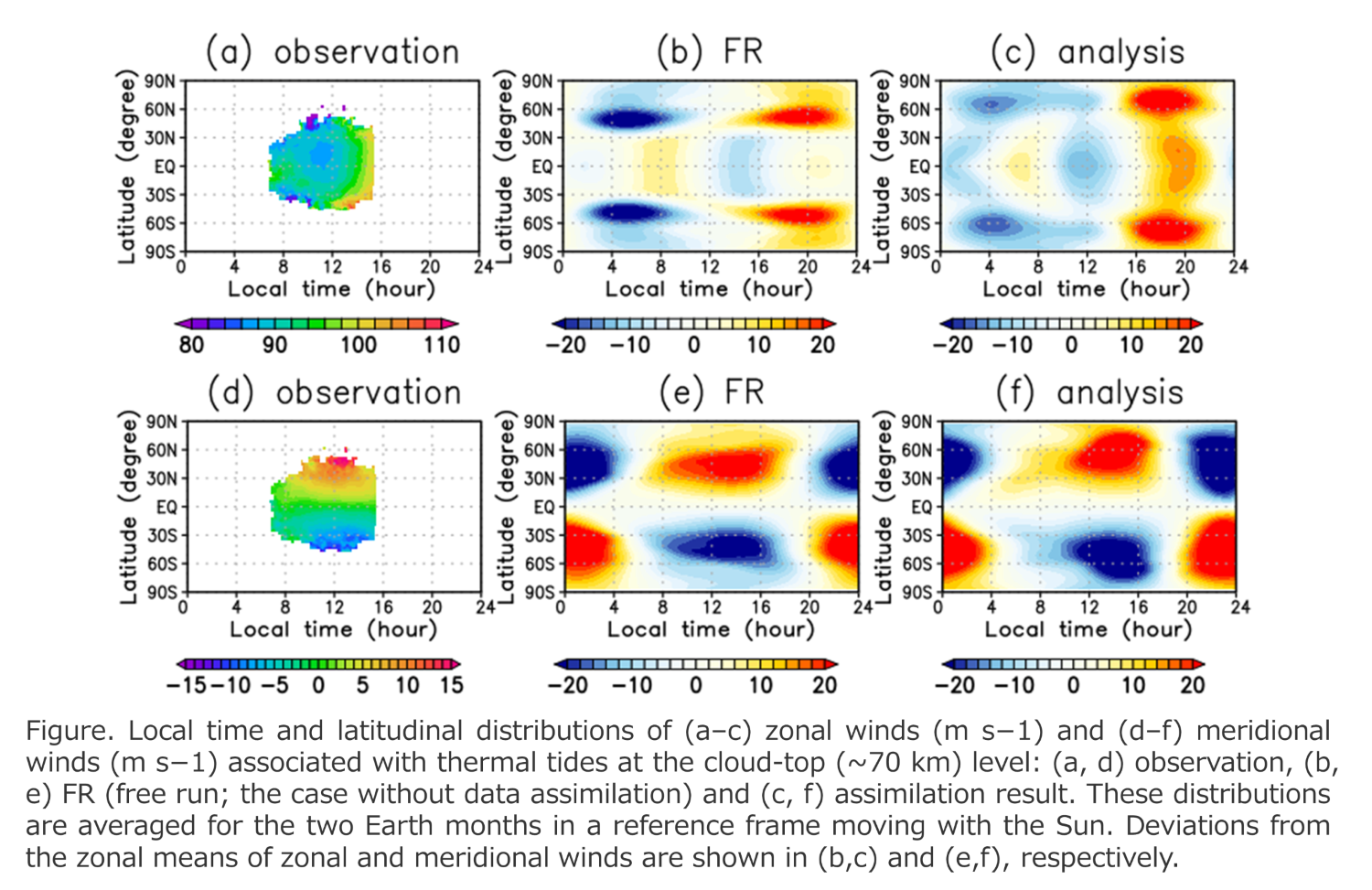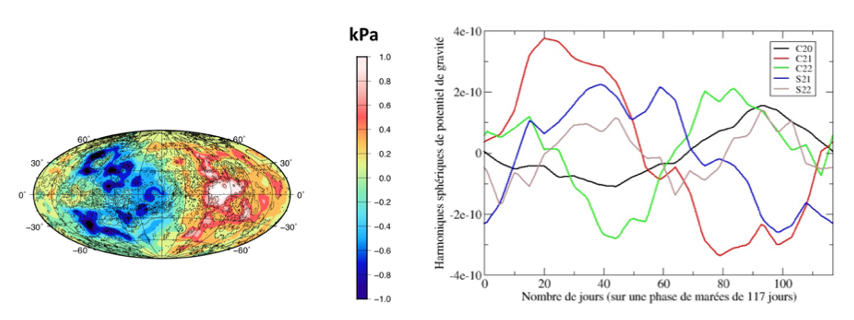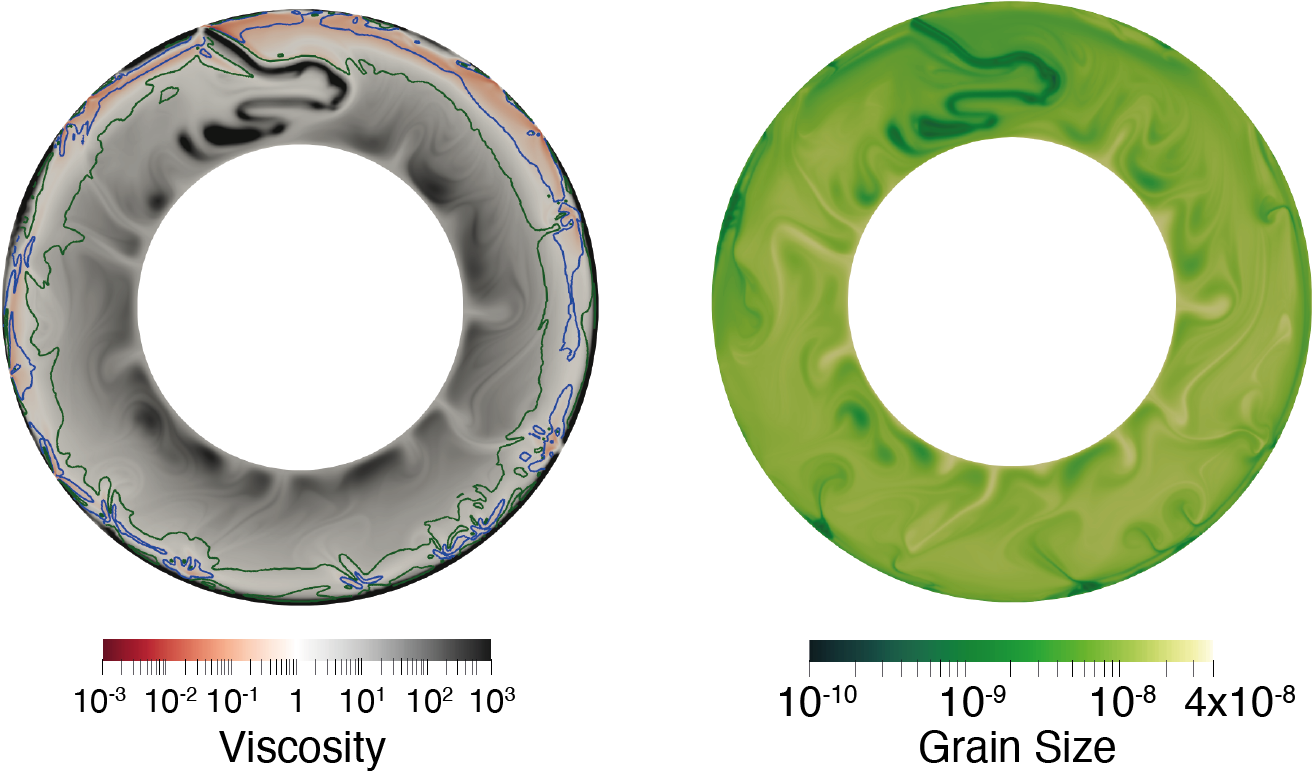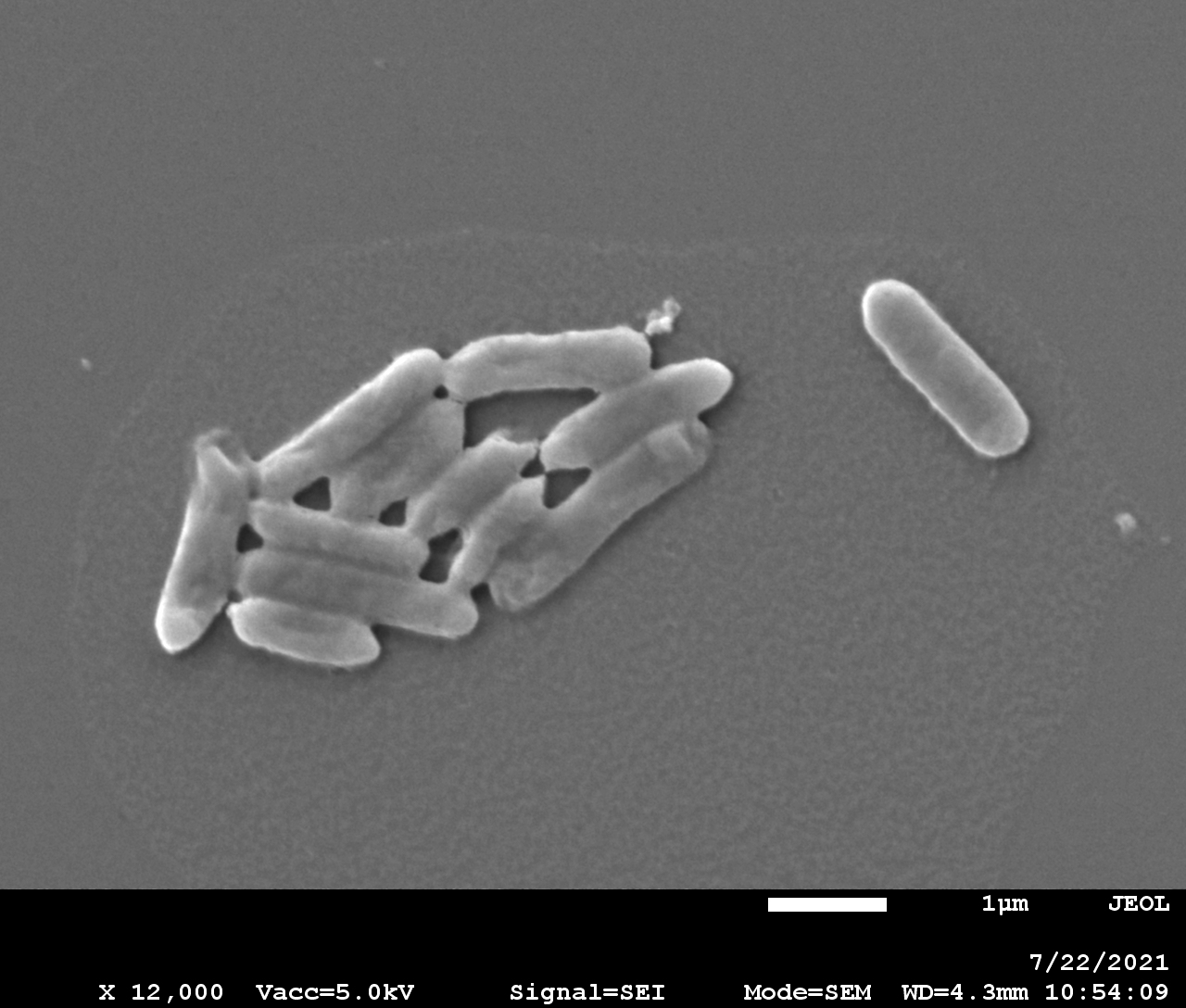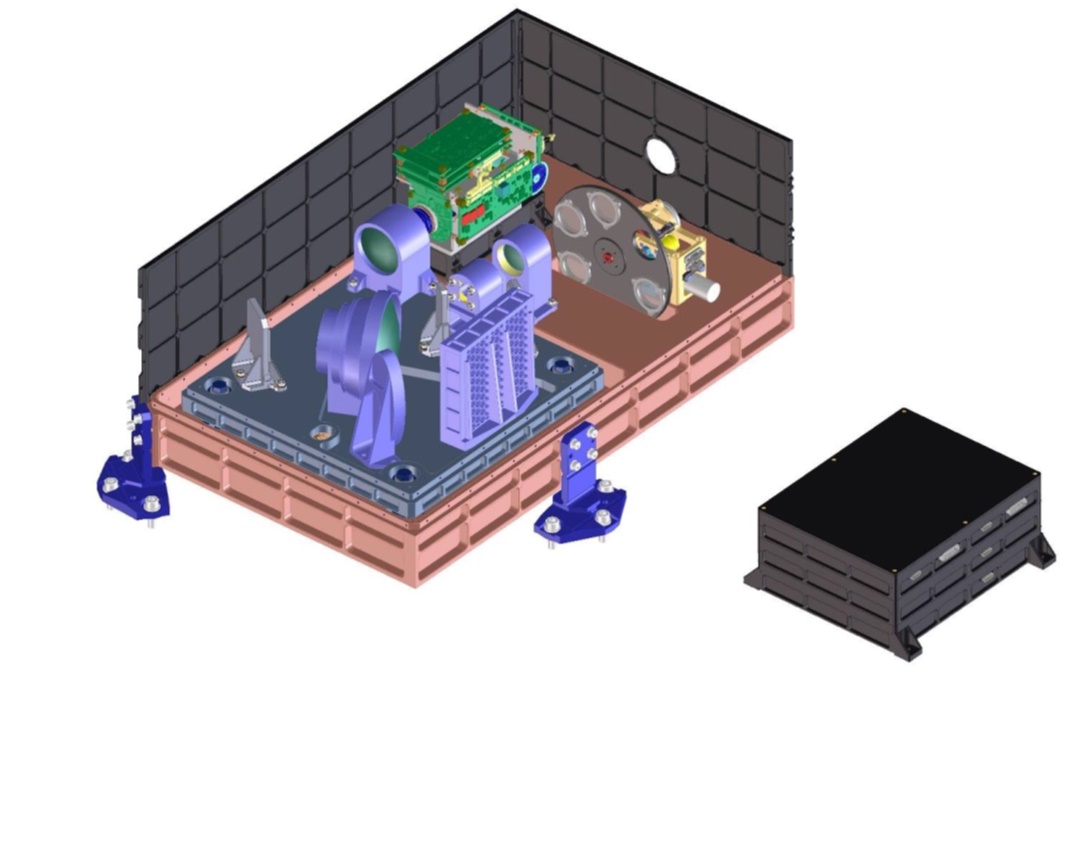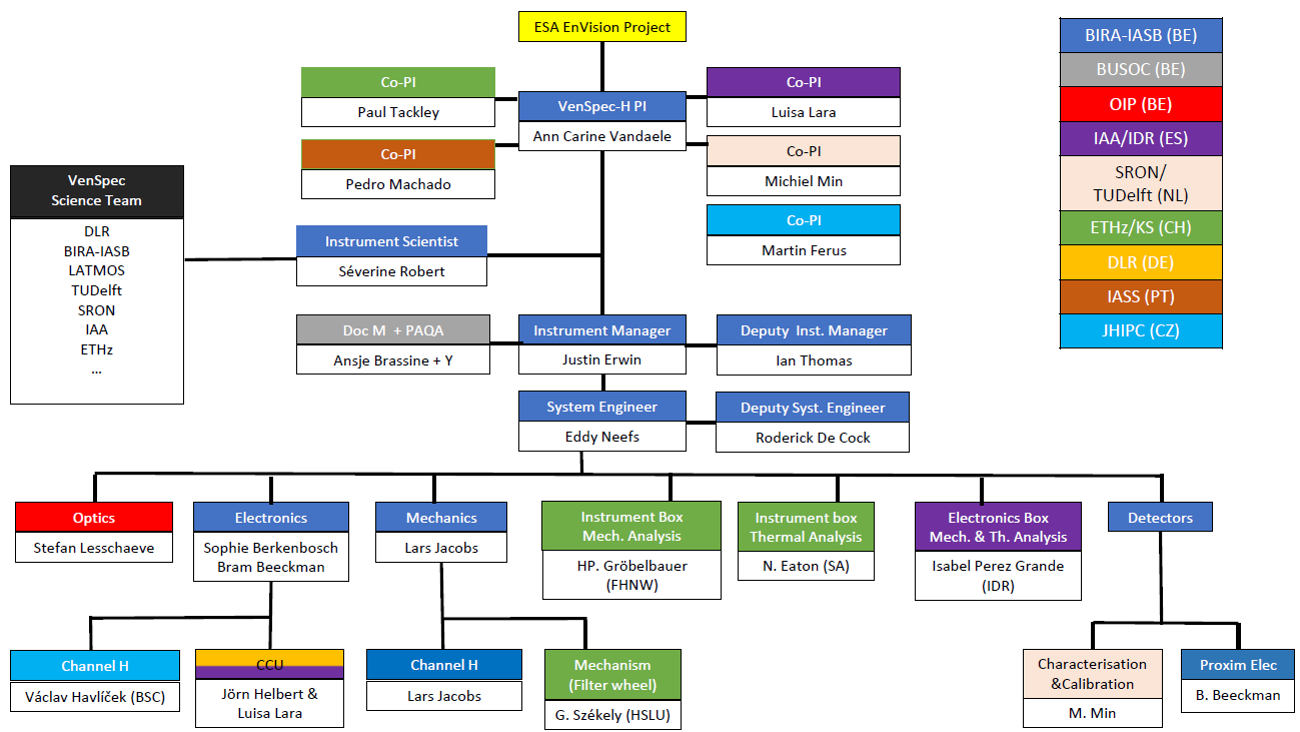The possibility of life in the lower Venusian atmosphere has been given serious scientific consideration for many decades (Sagan, 1961; Cockell, 1999; Grinspoon, 1997; Schulze-Makuch and Irwin, 2002; Schulze-Makuch et al., 2004; Limaye et al., 2018; Limaye et al., 2021; Seager et al., 2021; Bains et al. 2021; Schulze-Makuch, 2021). More recently the idea has come to the forefront of astrobiological attention due to the claimed detection of the biomarker phosphine in the Venusian atmosphere (Greaves et al., 2021a). Whether or not phosphine has been detected is controversial; and if it has, it's significance is also controversial (Villanueva et al., 2021; Lincowski et al., 2021; Greaves et al., 2021b), as is the notion that life can exist in the Venusian atmosphere at all (Kasting and Harman, 2021).
If there is life in the clouds, it almost certainly resides within liquid droplets in the atmosphere (Schulze-Makuch and Irwin, 2004; Irwin and Schulze-Makuch, 2011; Schulze-Makuch, 2021), and most likely within mode 3 particles. Mode 3 particles are aerosols enriched in the lower cloud layer, about the size that would be expected for microbes if covered by a layer of inorganic compounds – including elemental sulfur and hydrophilic filaments. The Venus Pioneer probe made an attempt to identify the interior of these particles in the late 1980s, but unfortunately the pyrolyzer to crack open the particles jammed. This was unfortunate because an organic interior would have been a strong indication for possible life. Even if the cloud particles are not organic and show no evidence of living organisms, they would reveal critical insights about the natural history of Venus.
Only new missions will provide clarity on whether the Venusian clouds are habitable and could possibly host living organisms. Two missions by NASA and one by ESA are currently in the planning stages to obtain more insights on the environmental conditions and potential habitability of the Venusian clouds. The results of these missions will surely reveal many important insights, but we propose here the more direct approach of collecting cloud droplets within the Venusian atmosphere with a return to Earth for their analysis. We have considered both an in-situ life detection and a sample return approach to resolve the question of whether the lower Venusian atmosphere may contain life. Critical to both approaches is that the interior of the cloud droplet particles be analyzed. The obvious instrument for the molecular analysis would be a gas chromatograph mass spectrometer (GC-MS) similar to the one used by the Curiosity Rover on Mars but including such an instrument for an in-situ life detection experiment would likely be weight-prohibitive.
Thus, we conclude that a sample return mission would seem to be more appropriate as this would also allow a much more detailed investigation of the cloud particles. If organic compounds are detected, a detailed analysis of the molecules and possible macromolecules can be conducted to determine whether the biochemical building blocks of Venusian life differ from those of life on Earth. If not, we will obtain important insights about the natural history of Venus. Of the different mission approaches for a sample return which have been proposed, we have concluded that the NUVOLE SRS mission architecture based on a glider concept (Sindoni et al., 2021) is currently the most suitable approach.
References:
Bains W., Petkowski J.J., et al. (2021) Production of ammonia makes Venusian clouds habitable and explains observed cloud-level chemical anomalies. Proc. Natl. Acad. Sci. USA, 118.
Cockell C. S. (1999) Life on Venus. Planet. Space Sci., 47: 1487-1501.
Greaves J.S., Richards A.M.S., et al. (2021a) Phosphine gas in the cloud decks of Venus. Nature Astronomy, 5: 655-664.
Greaves J.S., Richards A.M.S., et al. (2021b) Addendum: Phosphine gas in the cloud deck of Venus. Nature Astronomy, 5: 726-728.
Grinspoon D.H. (1997) Venus Revealed: A New Look Below the Clouds of Our Mysterious Twin Planet. Perseus Publishing, Cambridge, Massachusetts.
Irwin L. N., and Schulze-Makuch D. (2011) Cosmic Biology: How Life Could Evolve on Other Worlds. Praxis, New York.
Kasting J.F., and Harman C.E. (2021) Venus might never have been habitable. Nature, 598: 259-260.
Limaye S.S., Mogul R., et al. (2021) Venus, an Astrobiology Target. Astrobiology, 21: 1163-1185.
Limaye S. S., Mogul R., et al. (2018) Venus' Spectral Signatures and the Potential for Life in the Clouds. Astrobiology, 18: 1181-1198.
Lincowski A.P., Meadows V.S., et al. (2021) Claimed detection of PH3 in the clouds of Venus is consistent with mesospheric SO2. Astrophys. J. Lett., 908: L44.
Sagan C. (1961) The planet Venus. Science, 133: 849-858.
Schulze-Makuch D. (2021) The case (or not) for life in the Venusian clouds. Life, 11: 255. https://doi.org/10.3390/life11030255.
Schulze-Makuch D., Grinspoon D.H., et al. (2004) A sulfur-based survival strategy for putative phototrophic life in the Venusian atmosphere. Astrobiology, 4: 11-18.
Schulze-Makuch D., and Irwin L.N. (2002) Reassessing the possibility of life on Venus: proposal for an astrobiology mission. Astrobiology, 2: 197-202.
Schulze-Makuch D., and Irwin L.N. (2004) Life in the Universe: Expectations and Constraints. Springer-Verlag, Berlin.
Seager S., Petkowski J.J., et al. (2021) The Venusian lower atmosphere haze as a depot for desiccated microbial life: A proposed life cycle for persistence of the Venusian aerial biosphere. Astrobiology, 21: 1206-1223.
Sindoni E., Vignaud P., et al. (2021) Feasibility study of a Venus atmosphere sample retrieval mission. In: 72nd International Astronautical Congress (IAC), IAC-21-A2.5.2., Dubai, United Arab Emirates.
Villanueva G.L., Cordiner M., et al. (2021) No evidence of phosphine in the atmosphere of Venus from independent analyses. Nature Astronomy, 5: 631-635.


